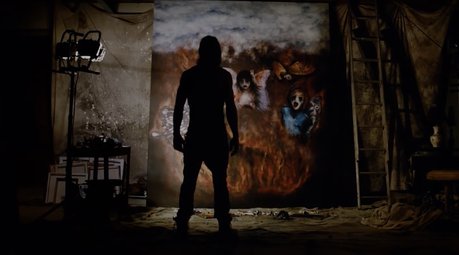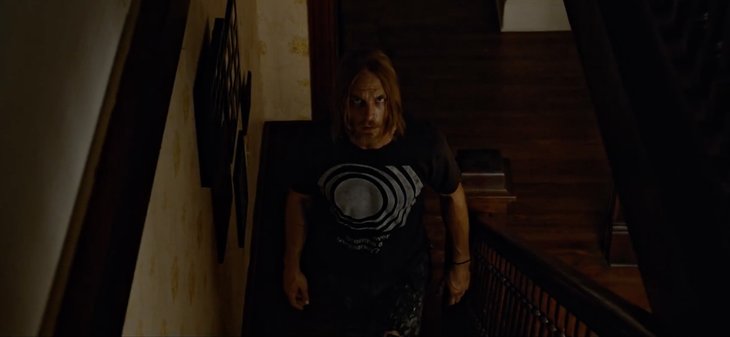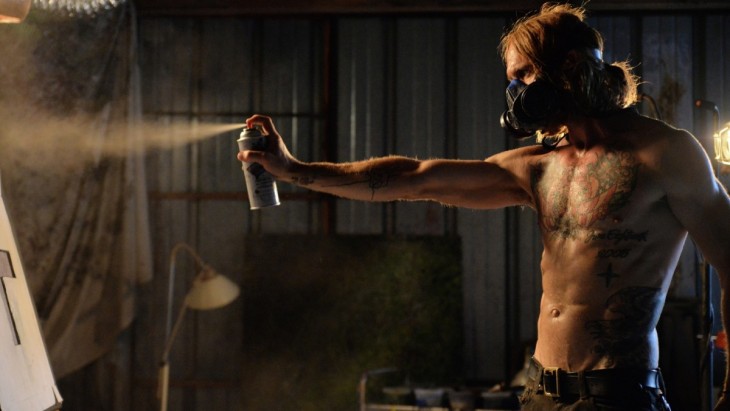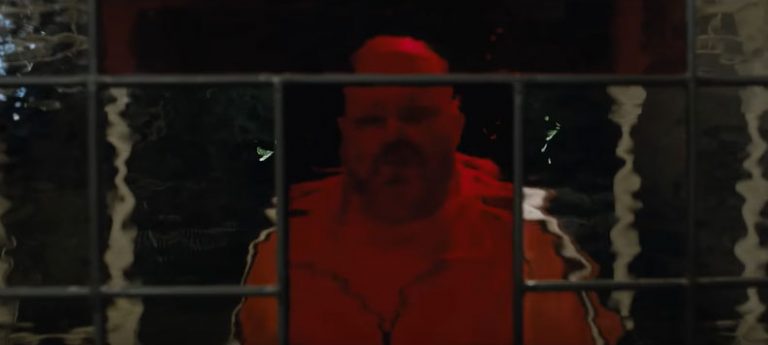 Drenched in religious theology and heavy metal attitude, Sean Byrne's much anticipated follow-up to The Loved Ones, The Devil's Candy, is a tightly-paced, atmospheric horror film which fully encapsulates the spirit of metal, delivering a diabolically enjoyable experience which shouldn't be missed by fans of the genre. Centered around a struggling artist, Jesse Hellman, who along with his family has just moved into their dream home in rural Texas, The Devil's Candy details the slowly deteriorating psyche of Jesse, who seems to be slowly falling under the grasp of malevolent forces. Unable to control himself, Jesse begins to paint dark, unsettling imagery, but as he descends further and further into this state of possession, he begins to realize that the paintings themselves may be linked to what is happening in the real world, which in turn could place his daughter in great danger. Sean Byrne's The Devil's Candy is a deceptively smart, highly enjoyable piece of horror filmmaking, which beautifully plays with religious theology, the struggle between good and evil, to present an engrossing story of one man's struggle to support/save his family. The affection the filmmakers have for heavy metal is a major aspect of The Devil's Candy, as the film routinely draws parallels between this music and demonic possession, using metal to reinforce its atmospheric undertones, harkening back to the time where metal was viewed as morally corrupt by the establishment. The Devil's Candy isn't a densely plotted film, quite the opposite, but its overall simplicity works in its favor, with its deconstruction of evil being very biblical in nature, showcasing how it's all around us, a consuming presence. Pruitt Taylor Vince, a recognizable character actor, especially in horror circles, is very well cast as Ray Smilie, the man who becomes the main antagonist of this story, a character who once lived in the Hellman's home. Tormented by demonic possession himself, Sean Byrne's The Loved Ones uses this character as a rope-a-dope on the viewer, as it becomes apparent by the end credits of the film that his character and our main protagonist's character weren't possessed by the same forces, but rather forces at odds with each other. I haven't seen many reviewers talk about this, so maybe I'm simply seeing something that is not truly there, but The Devil's Candy seems to be in the end a story of two characters in Jesse and Ray, who are merely manifestations in a sense of a much larger spiritual confrontation, with their blood-and-flesh conflict eventually being a symbolic representation of all religious theologies battle between good and evil. The filmmaker's use of juxtaposition, routinely doing so between Jesse and Ray, before they ever meet, seems to support this observation, with perhaps the best example of this being a scene in which they intercut between Jesse's oil paint and the blood caused by Ray's mayhem- visually similar, yet one is destructive, the other creative. Sean Byrne's The Devil's Candy is the type of film that should be enjoyed by all fans of the horror genre, and while its narratively simplistic, i'd argue the film is deceptively rich thematically, delivering a fast-paced yet thought-provoking story about the nature of good and evil.
0 Comments
Leave a Reply. |
AuthorLove of all things cinema brought me here. Archives
June 2023
|



 RSS Feed
RSS Feed
